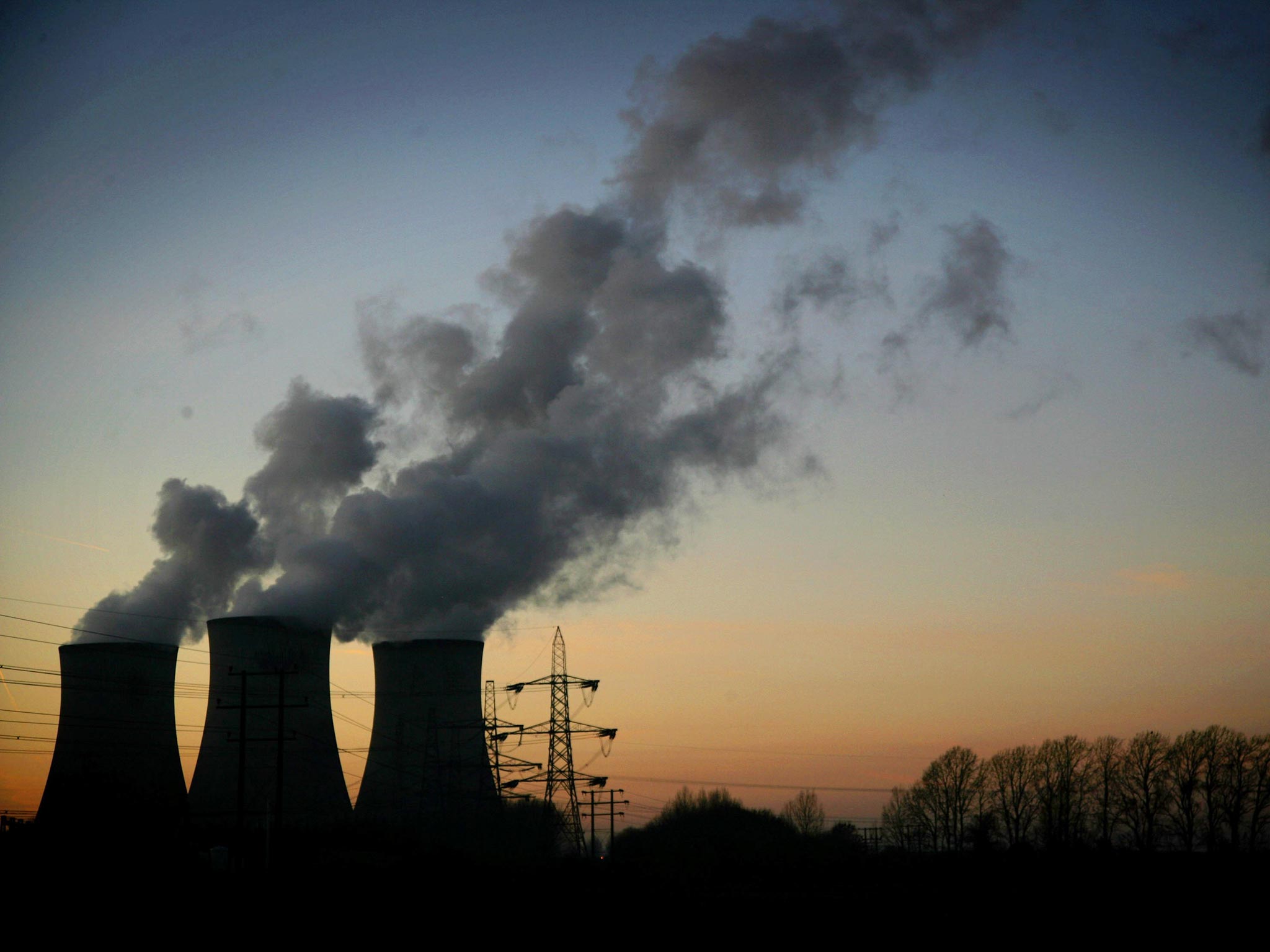The healing of the ozone layer is vindication for all climate change activists
The news is cheering, but so much more still needs to be done


Your support helps us to tell the story
From reproductive rights to climate change to Big Tech, The Independent is on the ground when the story is developing. Whether it's investigating the financials of Elon Musk's pro-Trump PAC or producing our latest documentary, 'The A Word', which shines a light on the American women fighting for reproductive rights, we know how important it is to parse out the facts from the messaging.
At such a critical moment in US history, we need reporters on the ground. Your donation allows us to keep sending journalists to speak to both sides of the story.
The Independent is trusted by Americans across the entire political spectrum. And unlike many other quality news outlets, we choose not to lock Americans out of our reporting and analysis with paywalls. We believe quality journalism should be available to everyone, paid for by those who can afford it.
Your support makes all the difference.We could do with some good news on the environment. With record levels of carbon dioxide reported to be clogging up the atmosphere, and a surge in tropical deforestation, the news hasn't been so great recently. And on top of this, a growing number of politicians - from all three parties, not just the Tories - are questioning the science of climate change. So the news that the ozone layer is showing signs of healing is certainly cheering.
In 1987, the Montreal Protocol saw the world unite, and pledge to reduce Ozone-depleting substances found in a range of everyday products, such as deodorants and refrigerators. That now means that the ozone layer is expected to recover to 1980 levels by the middle of this century.
Yet the Antarctic ozone hole is still there every year, and will be for some time. It's a startling reminder of the fragility of our planet.
However, we musn't forget that our politicians, who for so long did so little, are making progress on climate change. It's still too slow and tentative, but progress nonetheless. President Obama has declared targets for cutting emissions from power plants, and China is getting serious about cutting coal use.
The EU is showing worrying signs of stepping back from its leadership on the issue, yet as the Montreal Protocol proved, political pressure can make all the difference. There’s also a lesson also from the Protocol in its weaknesses. In the last 25 years we have learnt that some of the substitutes for the ozone-destroying substances are also strong climate change gases. Now we know this, they need to be removed and replaced too. By doing this, and not resting on our laurels, or becoming complacent, we can head in the right direction, and continue to tackle climate change.
Join our commenting forum
Join thought-provoking conversations, follow other Independent readers and see their replies
Comments